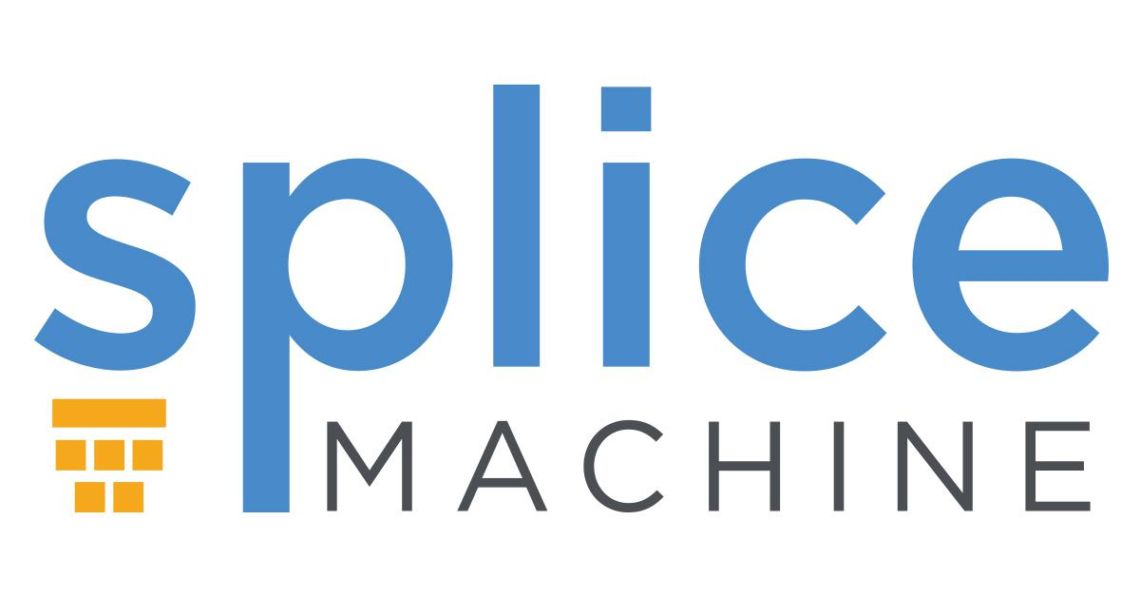Splice Machine upgrades AI Platform for Industrial IoT
- June 1, 2021
- William Payne

Real-time AI provider Splice Machine has introduced Livewire Pulsar, an upgrade to its Livewire open source Operational AI platform for industrial IoT.
Using an upgraded Kubernetes architecture, the updated Livewire platform is designed to reduce costs, add new AI features for increased productivity, and deliver a simplified and updated user interface.
Pulsar introduces on-demand elastic operations, reducing the cost of ownership. This allows organisations to expand or decrease their data storage resources depending on need.
The new edition also enables Apache Spark to scale up or down as needed with new min/max parameters for executors in both online analytical processing (OLAP) database operations and notebooks for ML, and offers an on-premise air gapped solution for plants that lack internet connectivity.
Livewire’s new AI capabilities include a Feature Store, which provides a centralised location that allows data teams to better share and reuse curated data for machine learning pipelines. Livewire Pulsar also contains a new anomaly detection solution, plus the ability to incorporate time-series features. All of these improvements help energy, utility, and chemical plants run more efficiently through better use of data.
Livewire’s updated user interface includes a new authentication and authorisation security model that considers the multiple constituencies of plant operations, new robot assistants to guide the data science journey, and new self-service trials. Livewire Pulsar also leverages partnerships such as OSIsoft’s PI System.
“Industrial enterprises have struggled to fully optimise their investments in AI. Our new Livewire Pulsar release makes it easier for companies to implement operational AI capabilities and allow plant operators to quickly leverage anomaly detection and predictive applications to prevent outages and improve overall plant performance,” said Monte Zweben, co-founder and CEO, Splice Machine.




